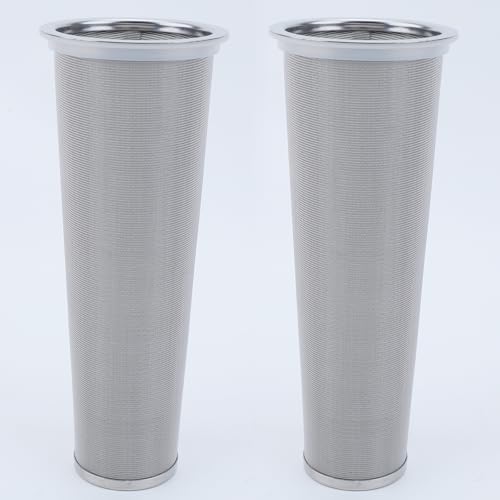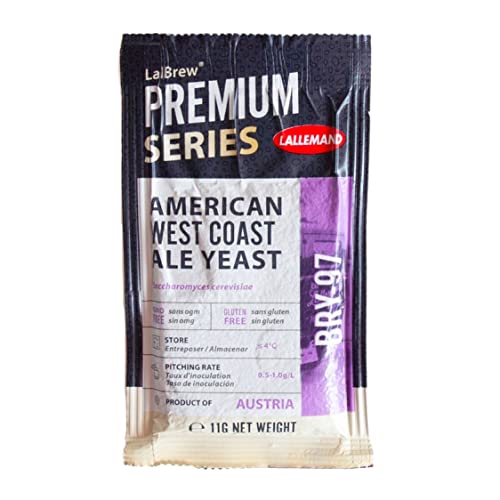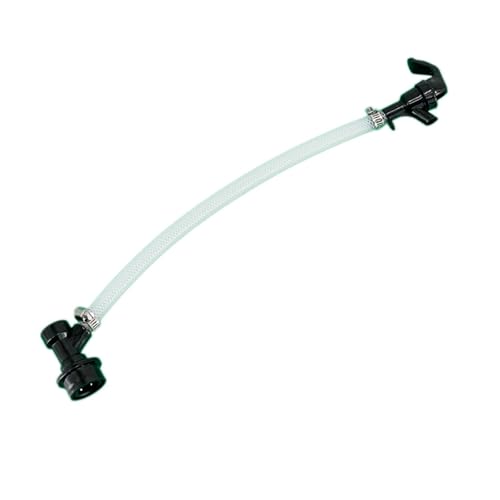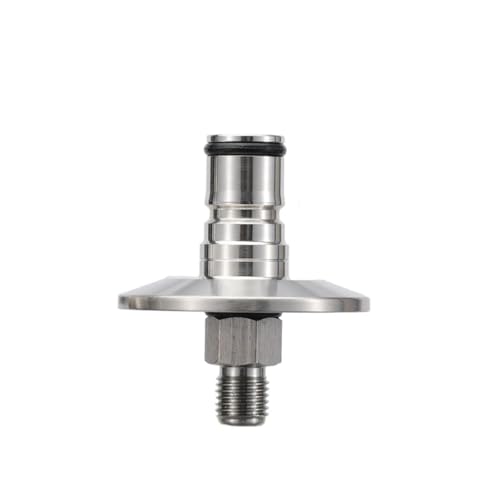D.B.Moody
Well-Known Member
Of course:Are you willing to outline what your bottling process is?
1. All bottles and equipment except bottle caps washed and stored for use from the time last used. There is no sanitizer involved at any time. Bottle caps, oxygen absorbing these days, are used straight from the packaging they come in.
2. Beer transferred from secondary to bottling bucket via racking cane and vinyl tubing. Siphon started by mouth. Flow is directed to avoid splashing and excessive roiling. Boiled and cooled priming sugar water is added to the bucket while it is filling. Beer is stirred gently after transfer is finished to ensure proper mixing of priming sugar.
3. Bottles are filled with a spring loaded bottling wand and vinyl tubing from tap in bottling bucket. Bottles are filled to top with wand in the bottle leaving the space as seen in the pictures in post #114 when the wand is withdrawn. If I remember, and I mostly don't, the bottles are tilted to wet and activate the oxygen absorbing caps.
I don't think I do anything special in my bottling. My non-use of sanitizer is unusual.
I don't know if this is something or just an observation, but back when I did some comparisons of beers put through a secondary to those not, the Centennial and Cascades hopped to 10.9 HBUs darkened the most, even more than the Nugget and East Kent Goldings hopped to 15.6. The 8.5 hopped batch didn't show a darkening. Batch #300 was hopped to 11 with East Kent Goldings. Batch #301 was hoped to only 6.4.
Last edited:




















![Craft A Brew - Safale S-04 Dry Yeast - Fermentis - English Ale Dry Yeast - For English and American Ales and Hard Apple Ciders - Ingredients for Home Brewing - Beer Making Supplies - [1 Pack]](https://m.media-amazon.com/images/I/41fVGNh6JfL._SL500_.jpg)






































 , heat to boil, flame-out, hop stand for 10 min
, heat to boil, flame-out, hop stand for 10 min 
